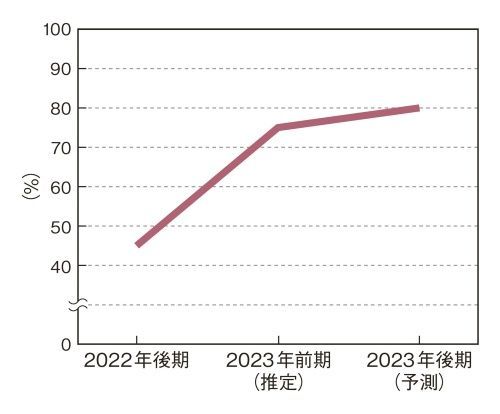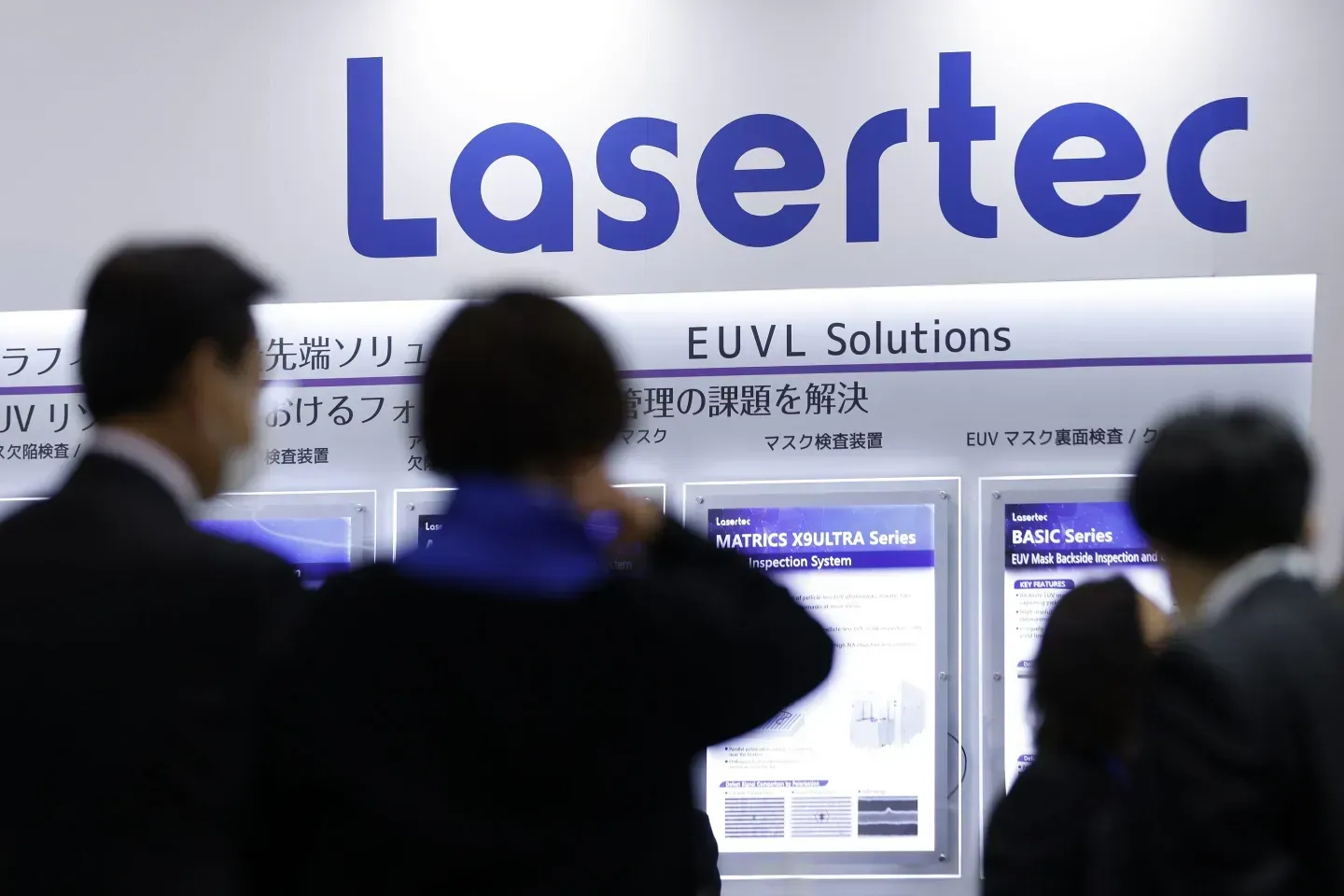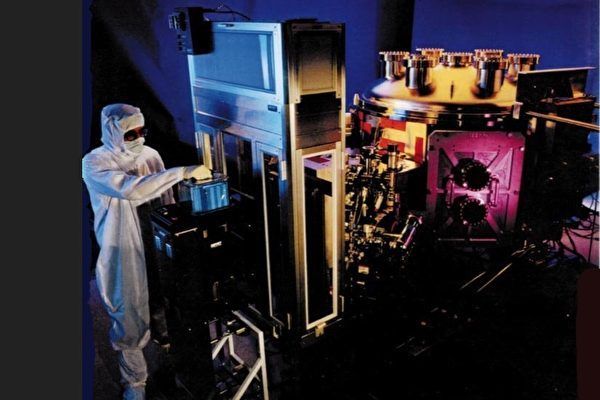Graduating with a Master's degree in Applied Chemistry from National Chiao Tung University in Taiwan, Lucy Chen served as an Engineering Director at Lam Research in the U.S. for over 15 years. She then became the Vice President of Isaiah Research, a Taiwanese analyst group. Her expertise lies in semiconductor and supply chain research. She leads a semiconductor research team that conducts supply chain analysis, covering semiconductor design and IDM (Integrated Device Manufacturers such as Qualcomm, MediaTek, Intel), foundries (TSMC, Samsung, UMC, GlobalFoundries, SMIC), and OSAT (Outsourced Semiconductor Assembly and Test) companies, responsible for downstream processes and testing in semiconductor manufacturing. She has over 25 years of experience in the semiconductor industry.
The analysis by a Taiwanese analyst on Rapidus: "It can be manufactured, but it won't be profitable."
Isaiah Research Lucy Chen氏(前編)
2023.02.20
From the perspective of Taiwan, home to TSMC (Taiwan Semiconductor Manufacturing Company), which leads the mass production of advanced semiconductors, how does the foundry company Rapidus (based in Chiyoda, Tokyo) look as it aims for mass production of the 2nm generation process? This process is a technology that only a limited number of top foundries in the world are aiming to mass-produce. We spoke with Lucy Chen, Vice President of Isaiah Research, an analyst group based in Taiwan.
Lucy Chen(ルーシー・チェン)
Isaiah Research Vice President

【Q】Can Rapidus mass-produce 2nm generation process semiconductors?
【A】Technically, it is likely possible. However, achieving profitable mass production remains challenging.
In November 2022, the establishment of Rapidus was announced, with a plan to mass-produce 2nm generation process semiconductors by 2027. According to Isaiah Research, mass production is technically feasible. However, there are still doubts about whether Rapidus can achieve the necessary yield and productivity to make the production profitable.
The potential for achieving mass production of 2nm generation processes is attributed to support from overseas companies and Japan's strengths in semiconductor materials and equipment.
Rapidus benefits from strong technical support from U.S.-based IBM and Belgium's imec, both of which have advanced technology development centers and innovation hubs.
In the field of semiconductor materials, Japanese companies dominate more than half of the market. Specifically, Japanese companies almost monopolize products such as resists and etching gases.
In semiconductor equipment, Tokyo Electron is one of the world's largest vendors of etching equipment. Additionally, Lasertec, a Japanese company, handles mask blanks inspection and review equipment for EUV (extreme ultraviolet) lithography systems, which are essential for advanced semiconductors. The company anticipates further orders as the EUV lithography market grows.
With the support of these companies, it is possible to achieve mass production of 2nm generation processes. However, we believe the likelihood of achieving economies of scale remains low due to three main reasons: (1) lack of experience in mass production of advanced nodes, (2) insufficient funding, and (3) uncertainty in securing customers who need advanced nodes.
Firstly, Rapidus lacks experience in the mass production of advanced nodes. While obtaining the necessary semiconductor equipment and materials for mass production of 2nm generation processes may be straightforward for Rapidus, there are numerous challenges related to process integration and productivity improvement that must be addressed to achieve economies of scale.
As for the basic structure of 2nm generation process transistors, GAA (Gate All Around) FETs are notable. GAA is partially manufactured from the previous generation FinFET. For Rapidus, acquiring the technical know-how for mass production of GAA or FinFET is crucial.
However, the issue is where to obtain this FinFET mass production technology. The current state-of-the-art node for Japanese companies is Renesas Electronics' 40nm process, based on CMOS process and MCU (Micro Controller Unit) production technology. Developing nodes beyond the 10nm generation requires manufacturing experience with transistors like GAA and FinFET. These technologies are crucial for controlling leakage current and energy loss, and without them, it is difficult to achieve high yield and high-performance mass production of 2nm generation processes.
"TSMC also struggles with yield improvement."
Let's take TSMC's FinFET 3nm generation process as an example. At the start of mass production in the second half of 2022, it began with a significantly low yield of 40-50%. In contrast, the previous generation, the 5nm process, started in the first half of 2020 with yields between 50-60%. TSMC is expected to take until at least the second half of 2023 to achieve a more profitable yield of 75% or higher.
As for Samsung Electronics of South Korea, their 3nm generation process is reported to have a yield of 20-30% as of February 2023, which is lower than TSMC's figures. Achieving high efficiency in production will still take some time. Even leading companies in cutting-edge semiconductor technology like these two will require at least 1-2 years for yield improvement in their 3nm generation processes, not to mention the upcoming 2nm generation like that of Rapidas (Figure).

(2) There is a funding shortfall for mass production of the 2nm process. Further subsidies or continued support from the Japanese government are necessary.
Over the past few years, the Japanese government has shown a proactive stance toward semiconductor resurgence. Subsidies and favorable policies aimed at establishing TSMC's Kumamoto factory are a prime example. To facilitate the progress of Rapidas' 2nm generation project, the Japanese government has allocated subsidies, with additional investments serving as a crucial backing.
However, compared to TSMC's annual investment amounts, Japanese government contributions remain relatively modest. In November 2022, the Japanese government announced a ¥70 billion subsidy for Rapidas. While significant, this amount pales in comparison to TSMC's annual investments averaging between $30 billion to $40 billion USD (equivalent to approximately ¥3.93 trillion to ¥5.24 trillion at an exchange rate of ¥131 per USD). Future attention will focus on how much government investment in Rapidas will increase and how long it will be sustained.
Related Articles




